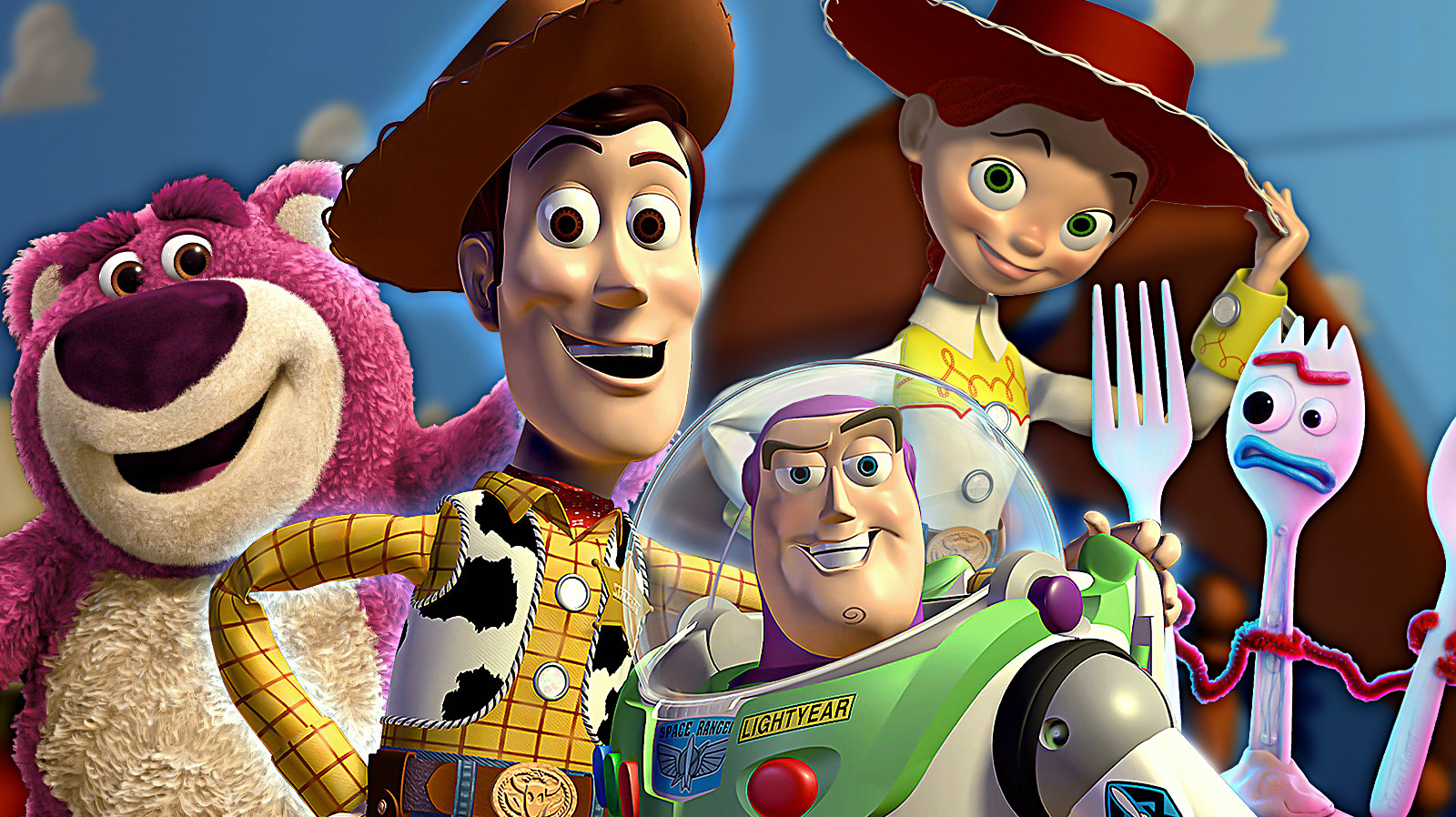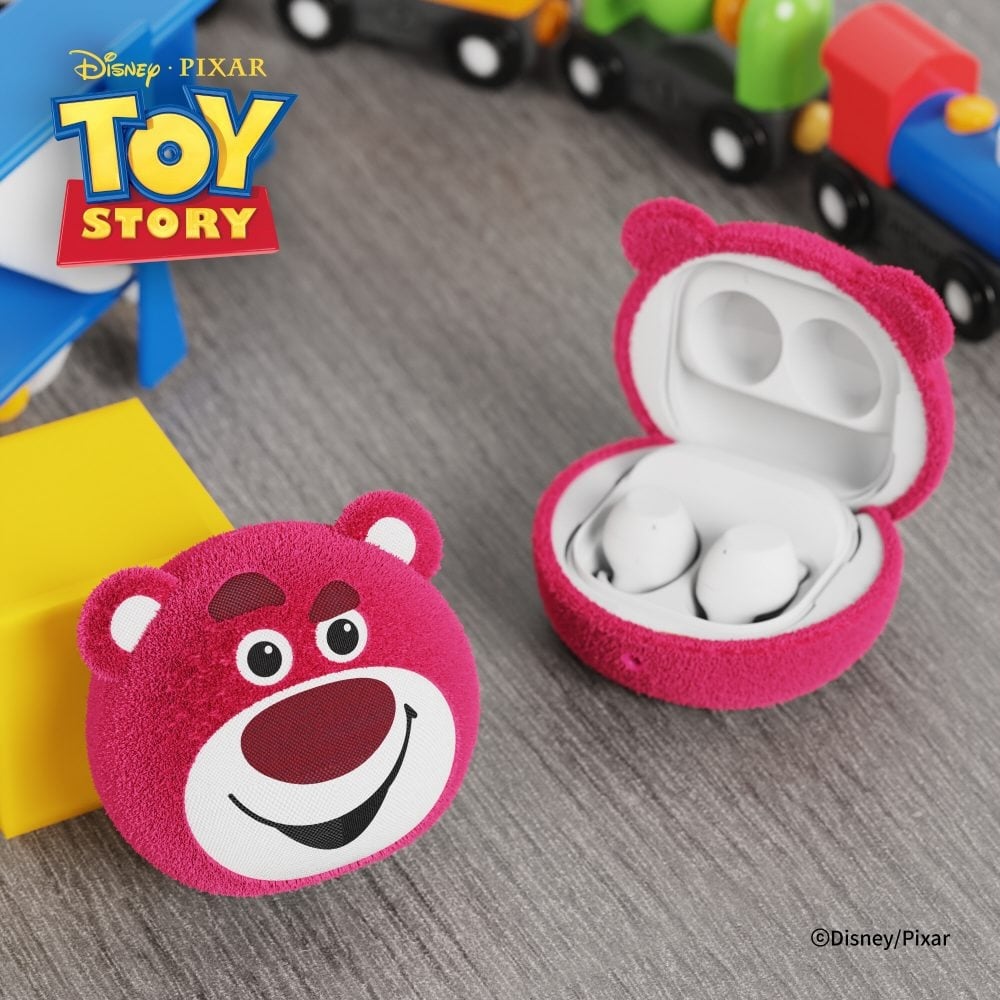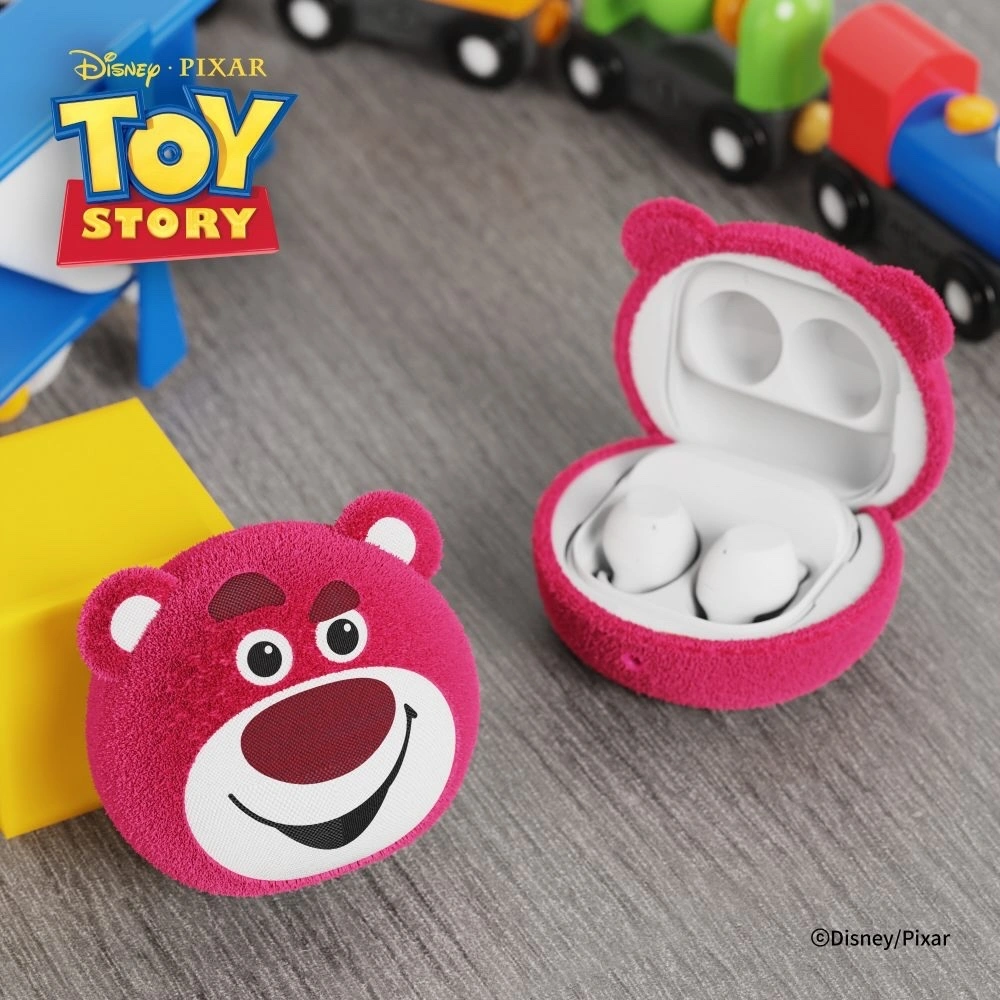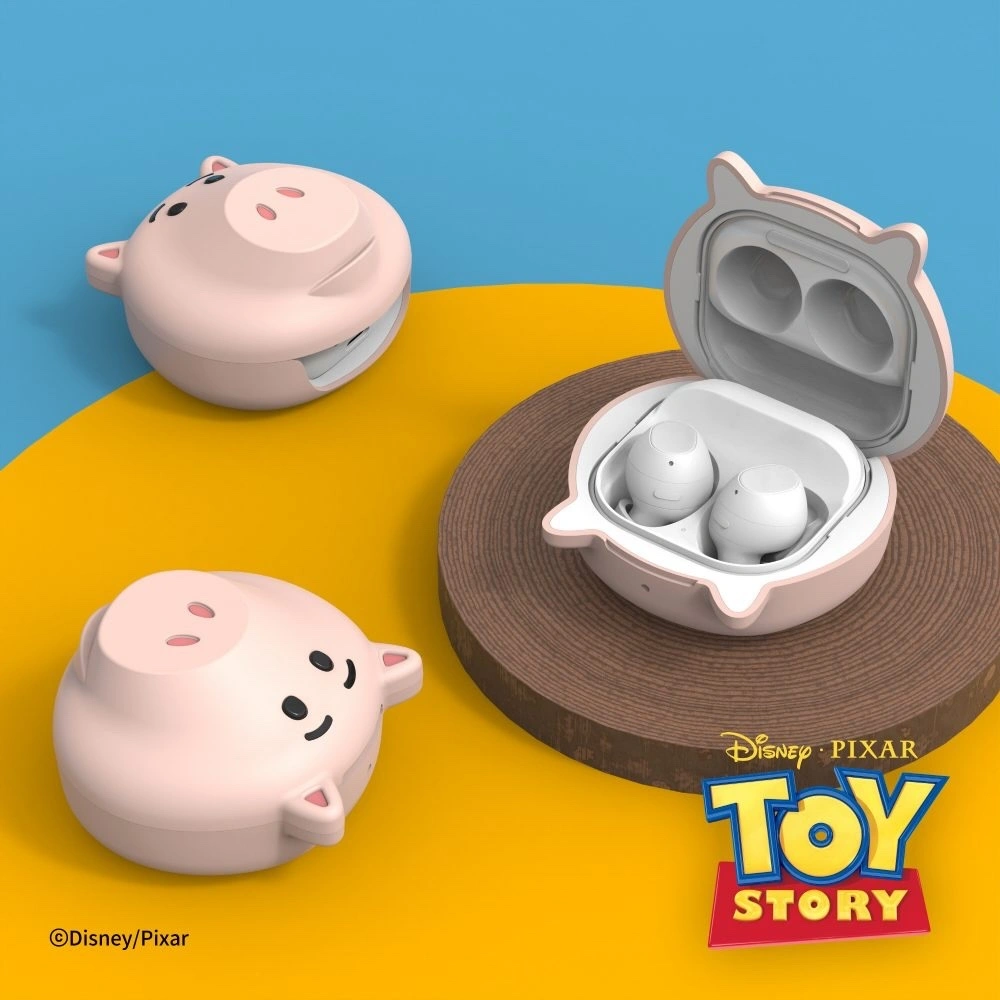[ad_1]
En Toy Story 4 de Josh Cooley, Woody (Tom Hanks) se cae de la casa rodante de su familia en un viaje por carretera y se topa con un montón de juguetes perdidos. Como los espectadores saben por películas anteriores de Toy Story, los juguetes solo son felices cuando los niños juegan con ellos, y los juguetes perdidos han encontrado una manera de viajar a través de los múltiples parques públicos del vecindario, enterrándose en las cajas de arena cuando algunos niños de kindergarten tienen el día libre. . . Los Juegos Perdidos viven en un extraño estado de felicidad caótica.
Mientras tanto, los juegos no jugados se vuelven amargos y malvados. Esto fue cierto para el viejo buscador Stinky Pete (Kelsey Grammer) en la película Toy Story 2 de 1999, y ciertamente es cierto para Gabby Gabby (Christina Hendricks) en Toy Story 4. Gabby es una muñeca parlante de décadas de antigüedad que termina en una antigüedad. tienda En un pueblo pequeño. Sin embargo, nadie comprará a Gabby porque su laringe interior se rompió hace muchos años. Gabby se ha convertido en la dueña de la tienda de antigüedades y guarda con entusiasmo todos los juguetes dentro del prisionero. Solo después de que Woody presente su propia laringe interna, ella liberará a su amigo Forky (Tony Hale).
Muchos probablemente sepan que Gabby Gabby fue la última de una larga lista de muñecas parlantes espeluznantes que aparecieron en películas o televisión. Los muñecos aterradores han aparecido en películas como “Deep Red”, “Magic”, “Barbarella”, “Trilogy of Terror”, “Poltergeist”, “Dolls”, “Demonic Toys” y “Child's Play”. “Annabelle” y “Silencio muerto”. Y “M3GAN”, por nombrar algunos. Las muñecas espeluznantes han sido durante mucho tiempo parte del firmamento de las películas de terror, y Toy Story 4 aprovechó una profunda corriente subterránea del miedo natural que el público tiene ante los rostros de porcelana inanimados y aterradores.
En 2019, el director Cooley admitió en una entrevista con EW Gabby está inspirada en la líder de todas las muñecas espeluznantes de la pantalla, Talky Tina, el juguete aparentemente sensible del episodio “Living Doll” de The Twilight Zone.
Gabby Gabby se inspira en Talky Tina
En “Living Doll” (1 de noviembre de 1963), una joven llamada Christy (Tracy Stratford) recibe una costosa muñeca parlante (voz de June Foray) de manos de su madre Annabelle (Marie Laroche), para horror de la niña. Nuevo padrastro Eric (Telly Savalas). La muñeca, llamada Talky Tina, sólo dice frases cálidas como “Te quiero mucho”. Eric odia la muñeca, pero sirve como una salida obvia para sus frustraciones por su incapacidad de tener hijos con la propia Annabelle; Él es estéril.
Eric pasa tiempo a solas con Tina y ella comienza a decir que no lo ama. Luego comienza a responder directamente a lo que dice. Al principio, Eric asume que Annabelle o Christy le están gastando una broma, pero al final del episodio, Eric está convencido de que Tina está viva. Se planeó la venganza. La última línea de Tina del episodio es “Mi nombre es Talky Tina, y será mejor que seas amable conmigo”. Frígido.
Talky Tina sirvió como una inspiración muy directa para Gabby Gabby, dijo Cooley. Dijo que el mundo de “Toy Story” aún no se había topado con el legado cinematográfico de las muñecas aterradoras y que Gabby era una gran oportunidad. Señaló:
“Siempre me ha encantado The Twilight Zone y ese tipo de Talky Tina. Nunca habíamos visto muñecas viejas y aterradoras como las de Toy Story, y esta era una oportunidad para hacerlo”. […] Gabe lleva más de 60 años en esta tienda de antigüedades. Gabby es un juguete perfecto excepto por el hecho de que hay algo roto en ella que le impide ser comprada y amada para siempre.
Desafortunadamente, dado que CBS es propietaria de “The Twilight Zone”, no fue muy fácil legalmente hacer una serie de televisión. actual El orador de Tina El villano de “Toy Story 4”. Pero entonces, si Talky Tina rey Si él hubiera sido el villano, se habría abierto toda una lata de gusanos sobre todos los títeres vivos en las películas de terror y cómo todos podrían vivir en el mismo universo que Toy Story. Esto molestaría a muchos niños.
[ad_2]
Source Article Link


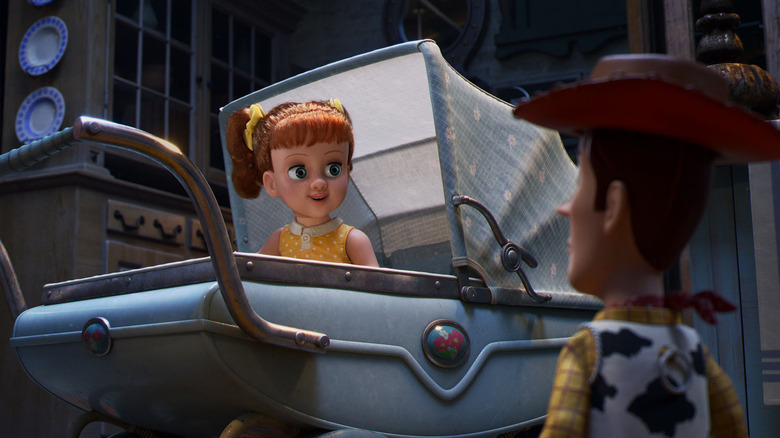
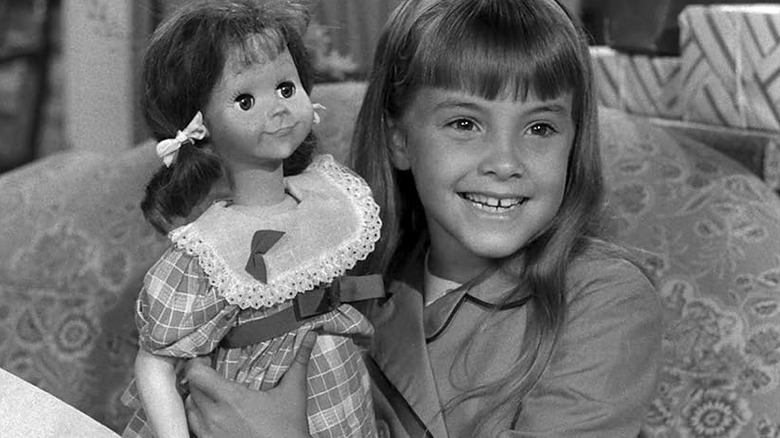

 24 de noviembre de 1999: Steve Jobs recibe otra pluma en su gorra cuando… historia del juguete 2una secuela de la exitosa película de Pixar de 1995, que debutó en los cines. Se convierte en la primera secuela animada de la historia en recaudar más que la original.
24 de noviembre de 1999: Steve Jobs recibe otra pluma en su gorra cuando… historia del juguete 2una secuela de la exitosa película de Pixar de 1995, que debutó en los cines. Se convierte en la primera secuela animada de la historia en recaudar más que la original.
